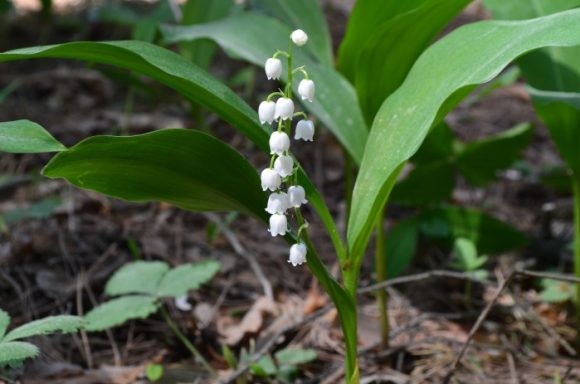All posts tagged convallaria majalis
Lily Of The Valley, The Fragrant, Natural Heart Tonic
The lily of the valley, botanically known as convallaria majalis, or lillium convallium, is a perennial, flowering plant native to North Asia, England and North America. It has creeping rhizomes that send up shoots. The shoots featuring a pair of leaves, uncoil as they lengthen and extend upwards. Continue reading [...]

